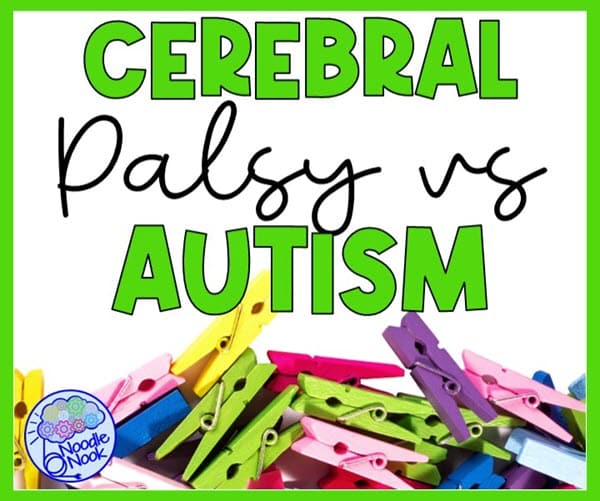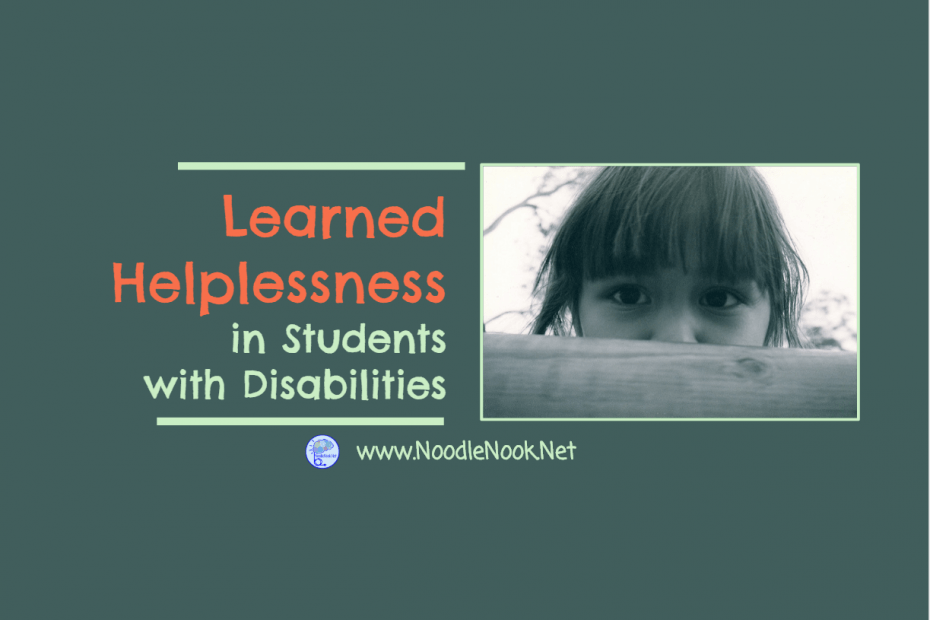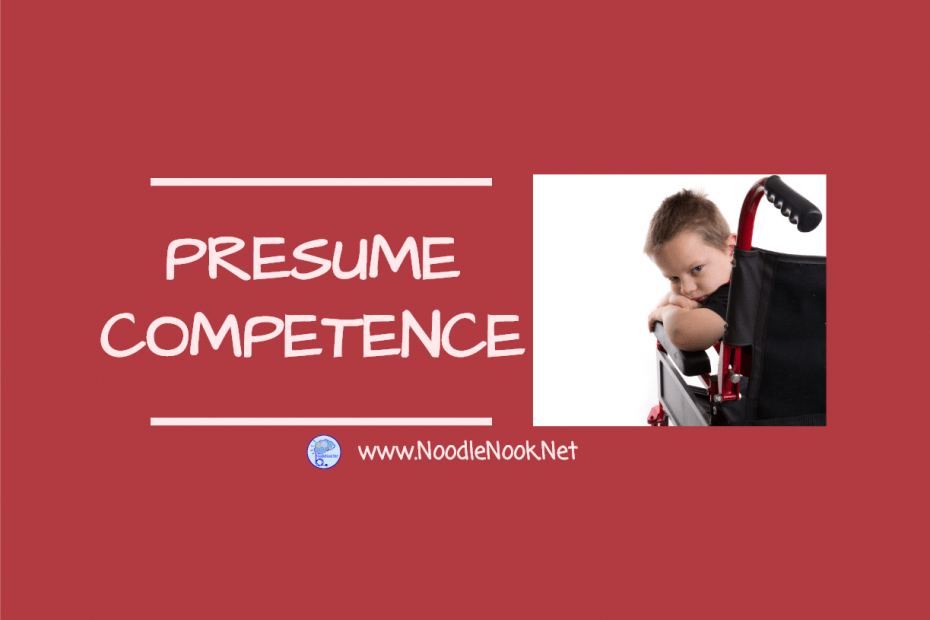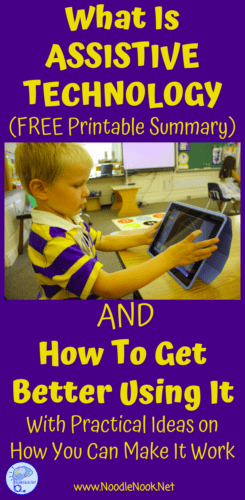Cerebral Palsy vs Autism: 7 Key Differences Between Them
Let’s face it… as a special education teacher, you never know what types of students will end up in your classroom. Disabilities and abilities will vary greatly from year to year and student to student. Understanding the differences between them can be the key to providing effective support and creating a positive and inclusive classroom. In this post, we’ll explore the key differences in cerebral palsy vs autism in detail. Then we’ll give you some specific strategies and ideas that will help you better support your students. Let’s dive in and help you to transform your classroom and instruction!






